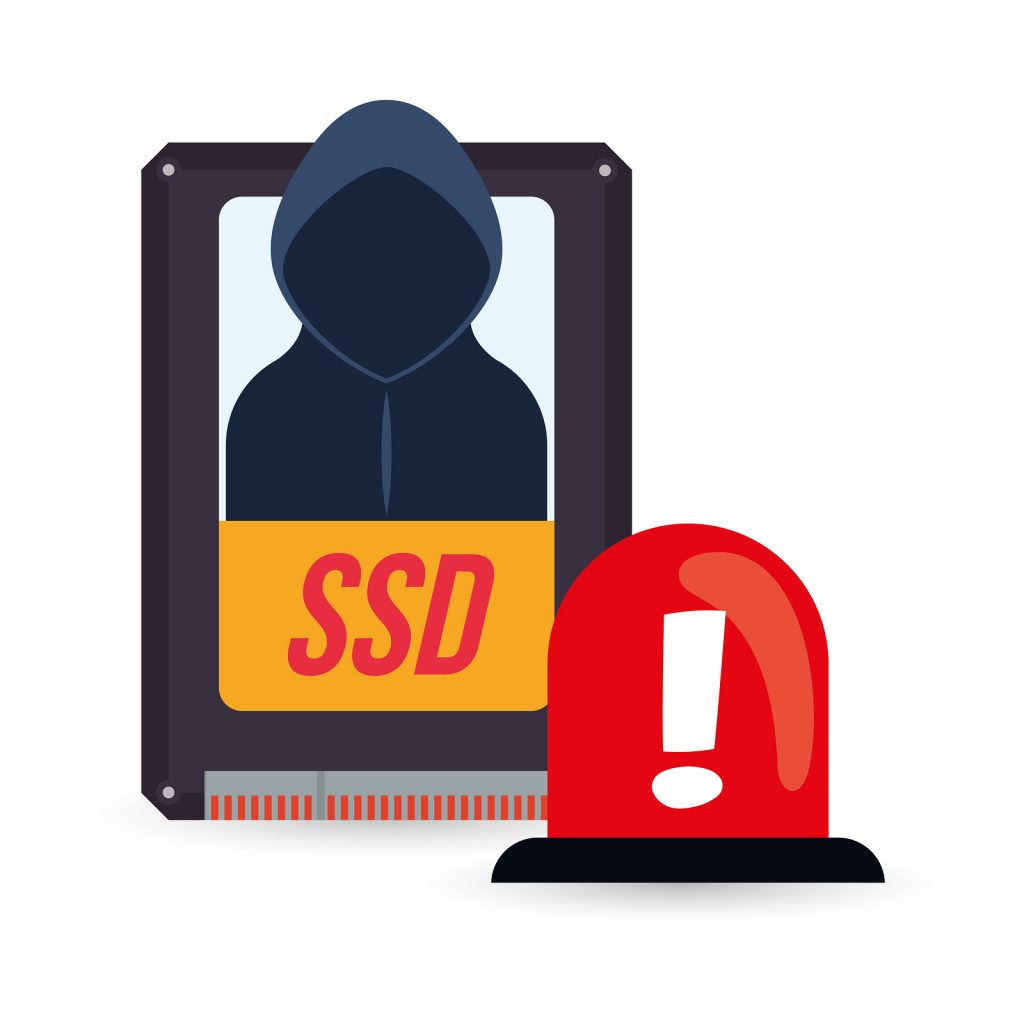These days solid-state drive, also known as SSD has become popular because it offers several benefits over a traditional hard disk drive (HDD). SSDs are considered superior, reliable, and safer than HDDs because they don’t have moving platters that are vulnerable to damage. SSDs are faster and more efficient but that doesn’t mean they are failure-proof. You may get an SSD because it has a greater lifespan than a hard disk drive, but don’t think your drive won’t fail. Like every other mechanical device, SSDs are also susceptible to damage and break down.

Solid-state drives (SSDs) can fail before their expected life span of five to seven years. SSDs rely on power supplies and a capacitor that is at risk of damage in an event of power failure or surge. When HDD fails, warning signs are quite visible like whirring, ticking, or buzzing sound. But when an SSD fails, you won’t hear that warning hard drive clicking sound. Sometimes, an SSD may get damaged and corrupt the data on a system and still keep working. So, before your SSD fails, it’s wise to recognize the warning signs of damage. Both solid-state drive and hard drive start malfunctioning due to factors like age, physical damage, and heat. If you take note of some warning signs, it’s possible to prevent catastrophic SSD failure.
Below, we’ve listed some common signs of failing SSD. When SSD starts to show any of the following warning signs, make sure to backup or transfer data, and don’t wait for the symptoms to get worse before taking action.
- You Get “Read Only” Messages
Sometimes, users fail to save data and receive a read-only error. When this happens, possibly your SSD has bad blocks that are not letting you perform certain operations. In this situation, your drive will still function in read-only mode, unless you avoid the signs for too long. So, before the problem gets serious, make sure to backup your data by connecting your system to an external hard drive. If you’re unable to retrieve your data, consult a SSD data recovery specialist.
- It Takes Too Long to Save Files
Another sign is the computer taking a very long time when attempting to retrieve or save a file. When you try to read or save a file, the process may take several minutes and then ends unsuccessfully. This is again due to “bad blocks” that make the system operation slow. If your SSD is suffering from bad blocks, you’ll experience operation slowdown or freezing and crashing of applications, as well as frequent errors.
- Frequent Crashes or Shutdowns
Do you need to restart your PC often? If your PC crashes or shuts down frequently, there’s something wrong with the drive. In case of a failing drive, the system may crash while you’re powering up your device. To determine the cause of this problem, back up your data first and then run a diagnostic tool to locate the issue. If formatting your drive or reinstalling the OS didn’t help, it means you’re facing a potential SSD failure.